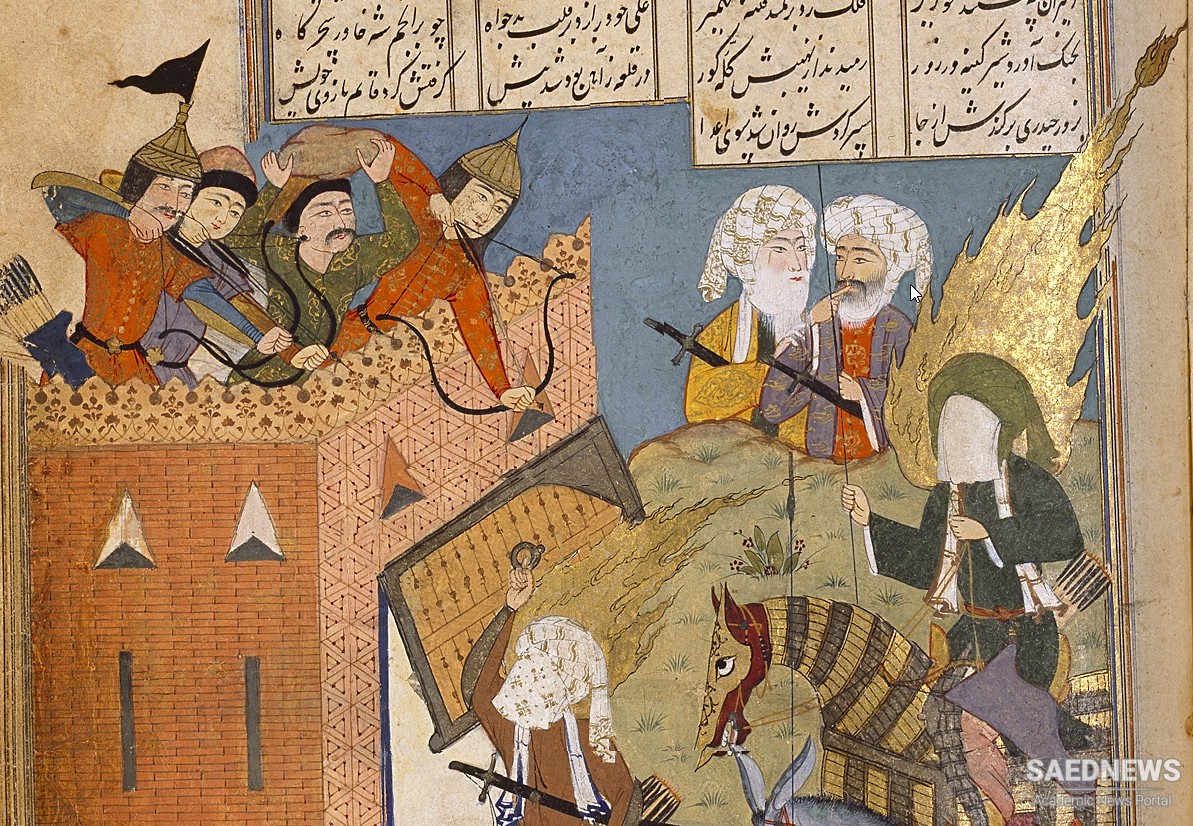Judeo-Persian varieties, like other Judeo-Iranian varieties, are found throughout Iranian speaking regions, such as Jewish Tat Persian and Bukhara Tajik. In fact, Jewish merchants and travellers have been the earliest speakers who wrote in Early New Persian, and left its earliest documents. These and later documents, in a Hebrew-writing tradition parallel to that in Arabic, have been crucial for the study of the diachrony and diatopy of Persian. In SW Iran there are two groups which can be recognized as "Perside", i.e. they continue numerous features that evolved from Southern Early New Persian (see 7 Diachrony), though each evolved differently: (I) The Luri-type dialects (Luri proper, Bakhtiari, Boyer-Ahmadi, MamasaniKohgeluye). (2) The Fars dialects stretching from the Gulf into western and central Fars. According to various sources, the totals of native speakers of Persian and its varieties (or rather 'ethnic' Persians) in the three Persian-speaking countries vs. the total population (who at least use or understand Persian as a second language) is considerable. Overall, the numbers are, counting speakers outside these countries. a total of 6011/1 0 m, and of these: 35170 m for Western Persian vs. 23/40 m for Eastern Persian. The estimates for Caucasian Tat suggest about 26,000, now reduced from a much larger number due to (partially forced) assimilation and emigration.


 Territorial Scope of Persian Language in Asia
Territorial Scope of Persian Language in Asia














































